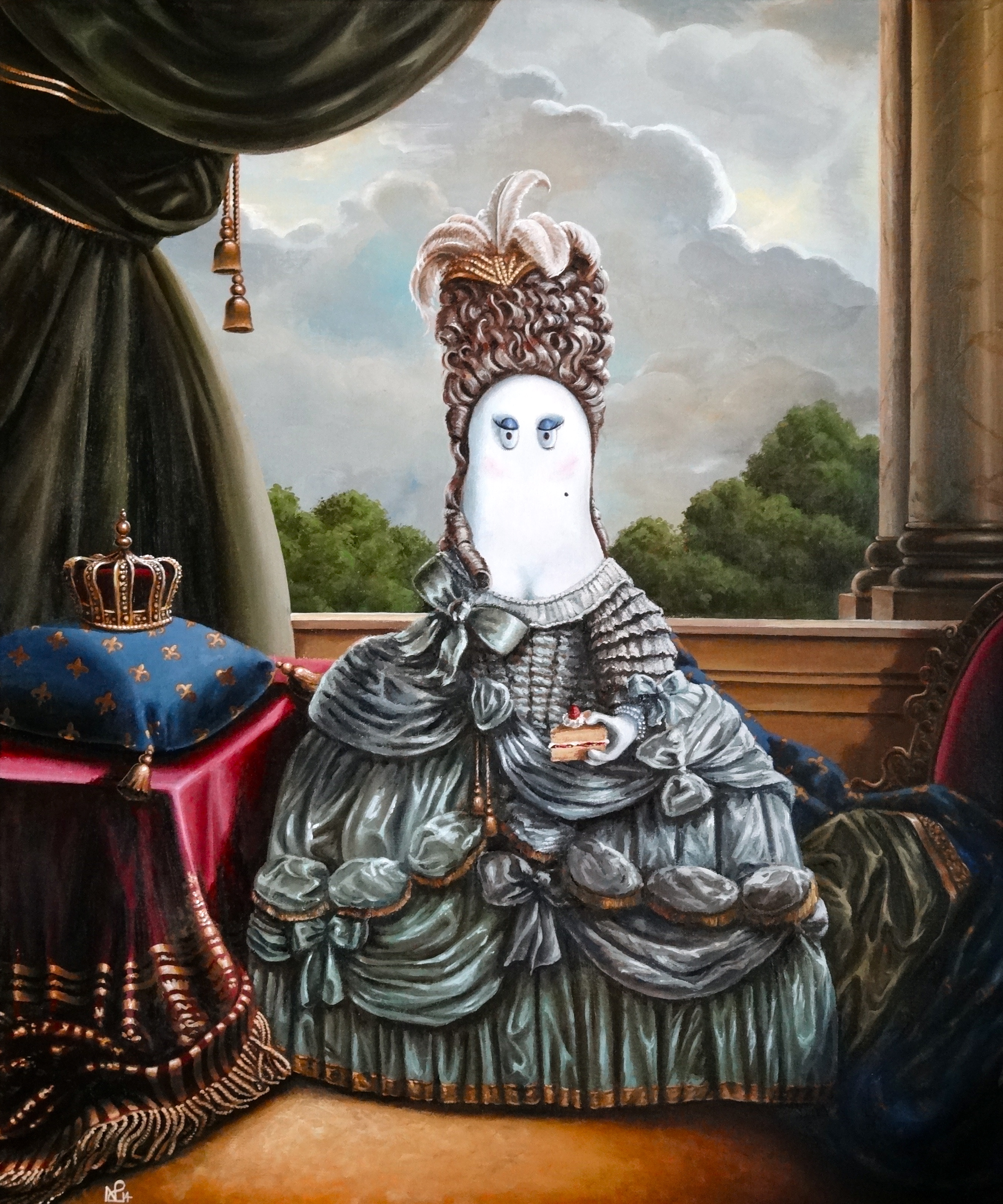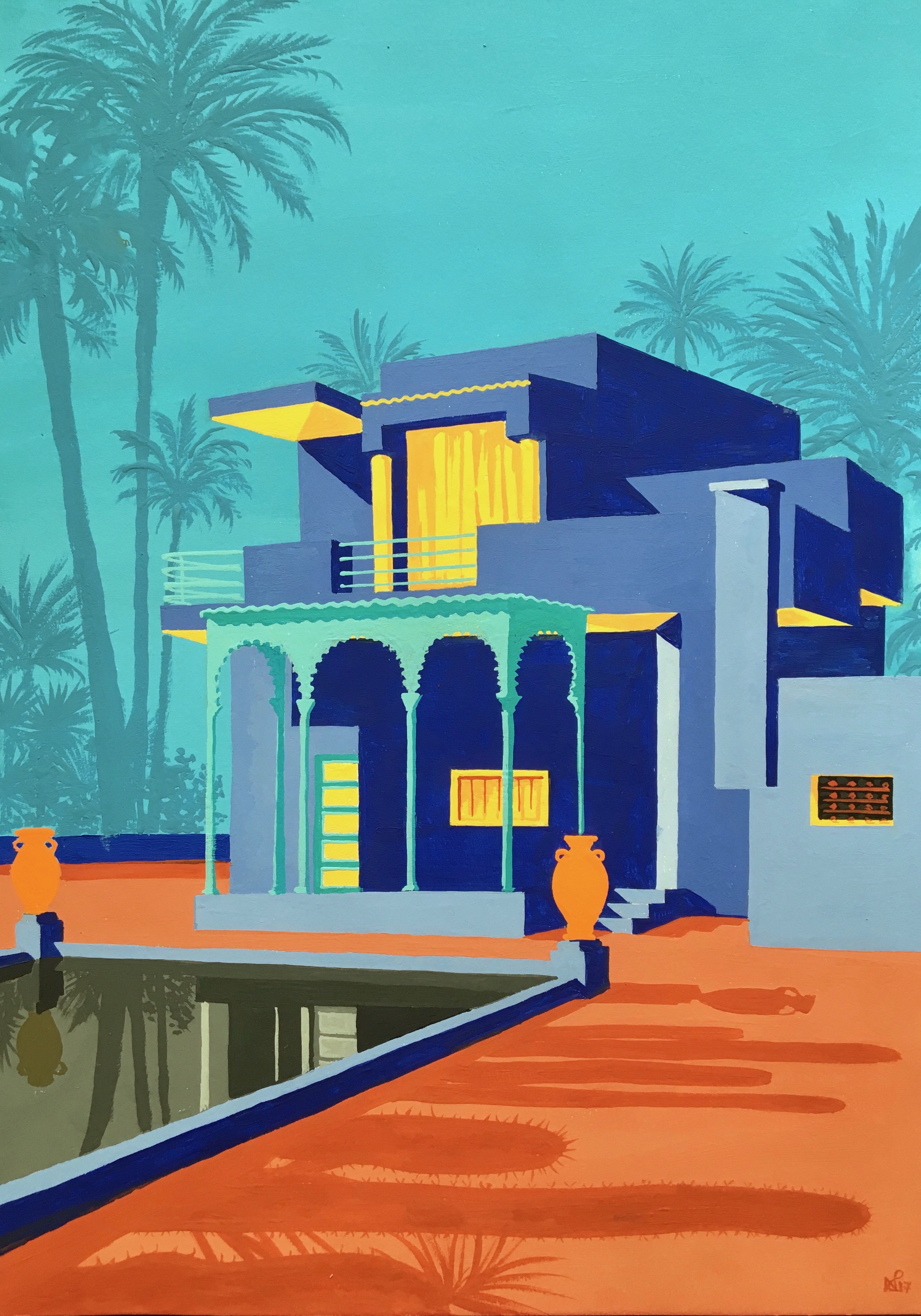Big Ben at close Quarters – the Elizabeth Tower Tour

It’s almost certainly one of the perks of the job of working for the British Government that occasionally you get to peek behind the scenes of the nation’s famous landmarks, monuments and buildings – icons which have made Britain and in particular the city of London famous throughout the world. And without a doubt one such perk, in which I have most recently indulged, is getting a tour up London’s most famous landmark of all: Big Ben.
Of course I didn’t actually go up Big Ben. For as we Londoners are so fond of telling everyone who mentions the BB words, “Big Ben” is not actually the name of the bell tower at all – rather the tower is now officially titled “Elizabeth Tower”, a title bestowed upon it only last year in celebration of HRH Queen Elizabeth II’s Diamond Jubilee. “Big Ben”, meanwhile, is the name of the massive bell which sits atop the tower and rings out across Westminster at every quarter past, to, on and half past the hour. And having stood right next to it today as it bonged out the hour at midday, I can confirm that it is both very big and very, VERY loud!
 The Tower itself was an innovative new feature of the Palace of Westminster when it was redesigned by architect Charles Barry (who also designed Highclere Castle, none other than the real Downton Abbey for those Downton fans amongst you) following a great fire which destroyed the original Parliament building in 1834. For the tower itself, Barry looked to Augustus Pugin for assistance, an expert on the Gothic revival style of architecture, the likes of which has become characteristic of the Palace of Westminster and makes the finished complex look far older than it actually is. The tower went up slowly – it took some 16 years to build to its full 315 feet before finally being completed in 1859.
The Tower itself was an innovative new feature of the Palace of Westminster when it was redesigned by architect Charles Barry (who also designed Highclere Castle, none other than the real Downton Abbey for those Downton fans amongst you) following a great fire which destroyed the original Parliament building in 1834. For the tower itself, Barry looked to Augustus Pugin for assistance, an expert on the Gothic revival style of architecture, the likes of which has become characteristic of the Palace of Westminster and makes the finished complex look far older than it actually is. The tower went up slowly – it took some 16 years to build to its full 315 feet before finally being completed in 1859.
As for Big Ben and the clock itself, when this was designed it was fashioned to be the best of its kind and surpass all clocks like it around the world. And for a time, it did so (it’s still the 3rd tallest free-standing clock tower in the world, and probably the most famous). Designed by a barrister, no less, Edmund Beckett Denison, together with George Airy, Astronomer Royal, and constructed by Edward John Dent, the clock was a feat of engineering for the time, not least because it was designed to be within a second’s accuracy at all times, despite the fact that up in the tower, the clock faces are exposed to such a battering from the elements. Without getting too techy (largely because I don’t understand the technology all that well) the clock consists of various counterweights which move up and down the full height of the tower, which in turn power the clock faces and the various hammers which create the clock’s characteristic bong every 15 minutes. The clock needs to be wound up 3 times a week, and various clock winders are always on hand for the job, although electricity today does much of what it once took an army of men to achieve through brute strength alone.

The stairs looking up (a little daunting) (Parliamentary copyright images are reproduced with the permission of Parliament)

Stairs looking down (not good for those with vertigo) (Parliamentary copyright images are reproduced with the permission of Parliament)

The machinery of the clock (Parliamentary copyright images are reproduced with the permission of Parliament)
The clock is an incredible marvel to bestow, and all the more so from up close. Getting there wasn’t exactly easy. Entering Portcullis House, the new modern entrance to Parliament, we had to go through airport style security before being taken down stylish escalators, descending into the earth which in turn led us to a passage taking us directly beneath Parliament Square and into the grounds of Parliament itself. From there, the starkly modern architecture of Portcullis house metamorphosed rapidly back in time to the iconic gothic decoration of the Palace of Westminster. Soon reaching the small door of the tower, our descent began up all 334 stone spiral steps to the top of the tower.
This wasn’t as bad as it sounded. Luckily we were allowed to stop roughly one third of the way up for a very informative talk about the tower’s history from tour guide Catherine Moss, before making the final trek, first up to watch the machinery of the clock itself before continuing to see the infamous bells. Well timed as ever, our visit to see the huge cogs and wires of the clock coincided with a quarter to midday, enabling us to see all of the still-original machinery in action, but missing none of the action on the hour itself. This great joy was reserved for the upper platform, above the clock-face, where we emerged just before 12 to stand by the incredibly large Big Ben bell as the clock struck 12.

Big Ben from above (Parliamentary copyright images are reproduced with the permission of Parliament)

Big Ben on the right (Parliamentary copyright images are reproduced with the permission of Parliament)
The chime of the tower, with its melodic 20-chime sequence played by the four Quarter bells, followed by the deep bong of Big Ben itself, is a sound which is well known to us Londoners, and has particular significance every 31 December as it heralds in the new year to the accompaniment of a spectacular firework display. But being up close to the bells as they played out this celebrated tune was nothing short of incredible. The vibration which went through our bodies made for a totally immersive experience (we were given ear plugs I should note), and I must admit to being ever so slightly emotional as I saw, and felt, the familiar chime of Big Ben in action but centimetres away (luckily the wind was so strong that if I had been caused to shed a tear or two – and I’m not saying I did! – the wind disguised it). The chime, by the way, is apparently a variation on a phrase from Handel’s Messiah – the part shortly after the Alleluia chorus.

The famous clock face (Parliamentary copyright images are reproduced with the permission of Parliament)
After embracing the great bong of Big Ben and the various Quarter bells in all their mighty fortitude, the final stop of the tour was to head down a level to the most prominent feature of the tower – the four sided clock face. We were able to stand just behind the world-famous clock faces, and see the now fantastically environmentally friendly long-life bulbs, especially designed to light up the huge clock faces with maximum efficiency by Philips, which are placed evenly behind the huge stained glass clock faces. Yet again, this was quite a marvel to behold, not least being able to appreciate just how huge these clock faces really are.
So heading back down the tower, perhaps a little more deaf than when we came up, I descended feeling extraordinarily lucky – access to Big Ben isn’t easy – you need to organise a tour through your local MP, although once organised, the trip is free. But that aside, I would have paid good money to enjoy this exposure to one of the country’s most loved national icons at close quarters, not least to learn the fascinating history of the tower, and gain an understanding of just how that all important national timekeeper keeps ticking onwards day after day.
Details on how to visit Big Ben can be found on the Parliament website.













































Really interesting blog post and great photos. Thanks for sharing.
Lovely photos!
OH SO LUCKY!!! I would have been emotional too. I went on a school trip when i was young but couldn’t fully appreciate it then. I would love to go up again. INCREDIBLE! XO
Great..
Absolutely gorgeous! Love the staircase.., reminds me of Alfred Hitchcock’s Vertigo! The clocks and the mechanism are extraordinary!